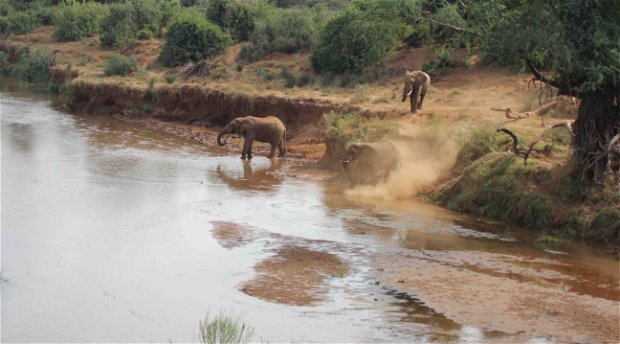Media Statement by the Tourism Business Council of South Africa (TBCSA)
Book Review: An essential read

Private Sector Tourism in Conservation Areas in Africa is a new book by Dr Susan Snyman and Dr Anna Spenceley.
The ASF Team posed some questions to the authors about the book:
How would you describe this book in a nutshell?
Authors: Tourism in Africa’s protected and conserved areas involves partnerships and interactions between numerous stakeholders, such as governments, communities, NGOs, the private sector and academics. Through the use of 32 comprehensive case studies from 11 African countries, this book presents guidelines to ensuring optimal benefits for stakeholders, as well as promoting the sustainability of tourism in Africa.
It includes descriptions of the various models for the private sector to engage in tourism in conservation areas in Africa, such as pure private-sector ownership, joint ventures, tripartite agreements and government leases. End-to-end coverage of the processes used to develop these partnerships is provided, as well as best practices for the private sector engaging in tourism.
The book provides guidance on identifying the most suitable private-sector tourism options based on guidelines of conditions and desired outcomes, to promote the long-term sustainability of African tourism in protected areas.

This is an impressive book, with excellent research. How long did it take you to put together?
Authors: We have both been working in the field of tourism in protected areas for many years, so have much knowledge and experience of the subject. The idea with the book was to bring it all together in one place to assist practitioners and share our learnings, using the case studies to provide practical examples. The total writing time was approximately 10 months and then we went through the editing process with CABI, which took about 11 months from submission to publication.
How did you select the various lodges/establishments featured in the book?
Authors: We wanted to have a diversity of examples from a number of different countries and operators, to ensure a broad range of examples to share all the different challenges, successes, etc. and to provide a comprehensive analysis. We did also use our contacts and partners in the tourism industry who we knew would be willing to contribute and who had useful data for the analysis.
What were the challenges for the two of you in writing this book?
Authors: Actually this was a surprisingly easy book to write. We have written several papers together before, and it was exciting to collaborate on such an ambitious volume. It was also really excellent interacting with those working on the ground on these ventures, and combining information from their experience with the context of international best practices. Also, our publisher, CABI, was very responsive and flexible to our ideas and suggestions on the format and structure of the book.
What opportunities did writing this book provide for you?
Authors: The book has given us the opportunity to showcase the achievements of private-sector tourism developers and operators on the ground, and also to systematically collate comparable information in such a way that we can draw conclusions about their collective impact on biodiversity and local livelihoods in Africa.
Are the case studies a key aspect of the editorial content of this book?
Authors: The case studies are a key aspect of the editorial content as they provide the examples and data to add qualitatively and quantitatively to the book, which adds richness and real-life examples. Showcasing what has already been achieved, and what the challenges, successes and best practices are, can assist the private sector to be more mindful when working with local community partners.
Who should be reading this book?
Authors: Everybody involved in this sector! This book is recommended for academics, students and practitioners working in sustainable tourism, including community, private-sector and government stakeholders.
What do you hope to achieve with this book?
Authors: We hope that the book will promote more sustainable tourism in conservation areas and that, through the lessons learned from the case studies, there will be continuous innovation in the different potential partnership models being used, to include more stakeholders in benefit-sharing and to ensure biodiversity conservation.
Where is this book available?
Authors: Private Sector Tourism in Conservation Areas in Africa is available on the CABI website and information on the case studies can be found on Anna’s blog.
“For those of us involved in conservation and tourism, this is the book we have been waiting for – thanks to Susan and Anna, we have access to best-practice examples when it comes to tourism partnerships with communities and the private sector,” says Steve Collins, CEO of ASF. “The book also shares information about important tools that are aimed to enhance tourism and the sustainability of tourism in Africa. It really is an invaluable and very comprehensive resource.”
The ASF gives this book a 10/10 rating and definitely recommends this to your list of essential reading.
Elephant feature image shot at Pafuri by Ryan James.
Further Reading
As of the end of May 2020, the African Safari Foundation has donated nearly R900 000 to our community partners...
Our latest round-up of articles and initiatives that focus on assisting communities during the Covid-19 pandemic.









Share This Post